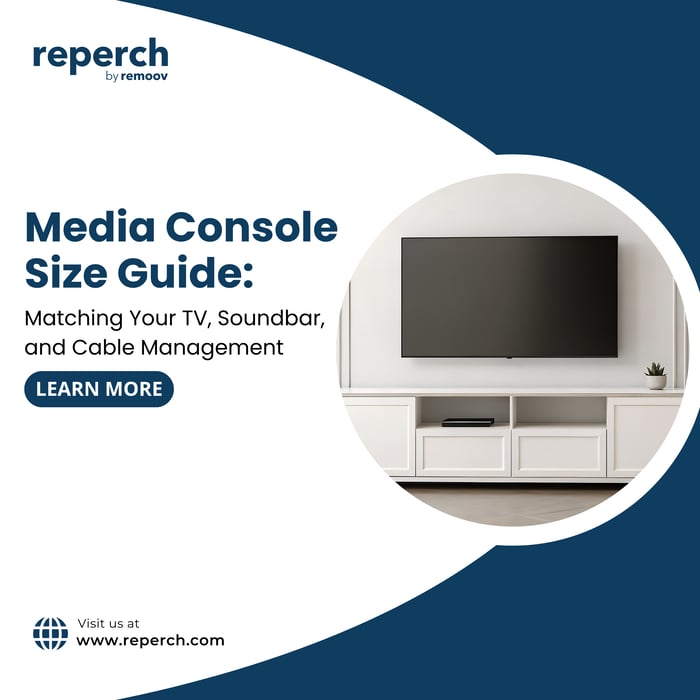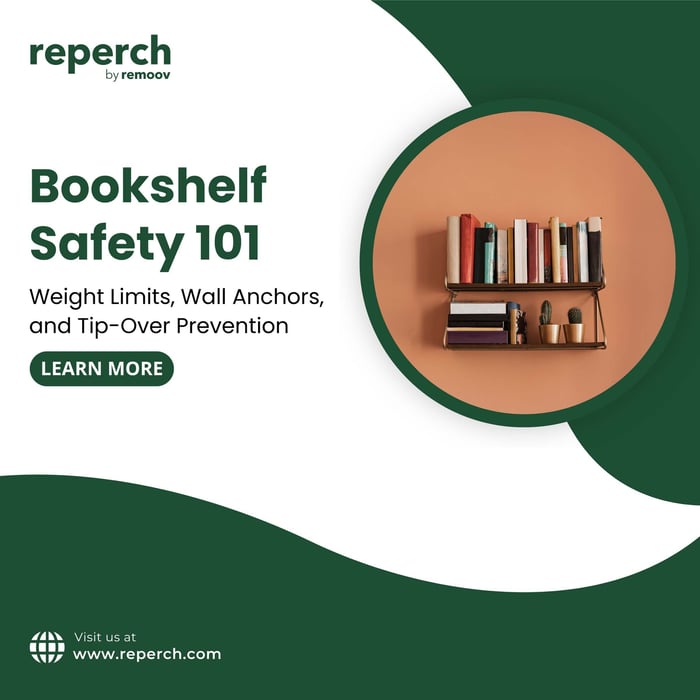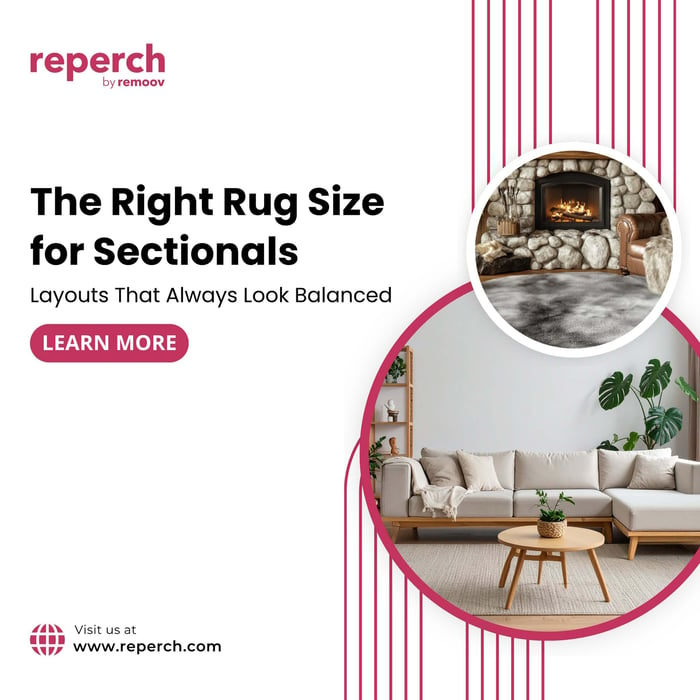When furnishing your living room, the media console plays a crucial role. It anchors your space, provides essential storage, and helps create the ideal viewing experience. But choosing the right media console is more than just finding a style you like. It’s about ensuring your TV fits safely, your soundbar aligns properly, and your cables stay out of sight.
This comprehensive guide walks you through the key factors to consider when selecting a media console that works for your setup.
1. Why Size and Proportion Matter in a Media Console
A media console does more than just support your TV. It affects viewing comfort, room balance, and cable accessibility. Choosing the wrong size can result in poor ergonomics, cluttered cables, or even risk of tipping.
Start with a basic rule: Your media console should be wider than your TV by at least six inches total (three inches on each side). This gives your TV a stable base and avoids a cramped look.
Example:
If your TV is 55 inches wide, your media console should ideally be 61 to 65 inches wide.
2. Measuring Your TV the Right Way
TVs are advertised by diagonal screen size, but you need to measure the actual width of the unit for a proper console fit. Use a tape measure from edge to edge across the width of the TV’s frame, not just the screen.
TV Size (Diagonal) | Average Width | Ideal Console Width |
50 inches | 44 inches | 50 to 55 inches |
55 inches | 48 inches | 54 to 60 inches |
65 inches | 57 inches | 63 to 70 inches |
75 inches | 66 inches | 72 to 80 inches |
3. Consider Viewing Height for Optimal Comfort
Your eyes should align with the center of the TV screen while seated. To calculate the best media console height, follow these steps:
Sit on your couch and measure the height from the floor to your eyes (typically around 40 to 42 inches).
Find the height of your TV and divide it by two to get the midpoint.
Subtract the TV midpoint height from your eye level.
Example:
Your eye level is 42 inches. Your TV is 30 inches tall.
30 / 2 = 15.
42 - 15 = 27 inches.
Your ideal console height is 27 inches.
Avoid placing your TV too high, as it can lead to neck strain over time.
4. Space for Your Soundbar: Don’t Overlook It
If you’re using a soundbar, you’ll need to factor that into the design. Soundbars typically range from 30 to 50 inches wide, depending on the brand and TV size. You have two placement options:
In front of the TV: Ensure your console has at least 4 to 6 inches of surface depth in front of the TV base.
On a lower shelf: Choose a console with open shelving or a dedicated soundbar slot that accommodates the height of the soundbar without blocking the remote sensor on your TV.
Measure the soundbar height and depth before buying, and check if the console design blocks airflow or infrared receivers.
5. Allow for Proper Ventilation and Device Storage
Modern consoles house not just TVs but also streaming boxes, gaming consoles, routers, and amplifiers. These all generate heat and require space to stay cool.
Look for media consoles with:
Ventilated backs or open shelving
At least 2 inches of clearance above electronics
Dedicated storage cubbies with adjustable shelving
If you plan to store vinyl records or a receiver, measure the item dimensions beforehand and check product listings for interior cabinet height and depth.
6. Cable Management: Keeping It Clean
Exposed cables can make even the most beautiful media setup look messy. Good cable management starts with the design of the console itself.
Look for features like
Cable cutouts in the back panel
Cord-concealing channels
Clips or loops for bundling wires
Before buying, map out how many devices you plan to connect. Consoles with multiple holes in different compartments allow you to run wires separately for power and data.
Tip: Avoid putting power strips inside enclosed cabinets, as they can overheat.
7. Floating vs Freestanding Media Consoles
A freestanding console sits on the floor and is ideal for easy repositioning and extra storage. It typically includes drawers, cabinets, and shelving.
A floating console is mounted to the wall and offers a minimalist look. It can make a room feel larger and provide space underneath for a robot vacuum or additional decor.
Floating consoles are best for:
Smaller living rooms
Studio apartments
Wall-mounted TVs
Sleek, modern aesthetics
Freestanding consoles work well in:
Large living spaces
Rooms needing extra storage
Rental units where wall mounting is not an option
8. Material and Style: Matching Function with Design
The media console should complement the rest of your furniture in both material and style. Here are some common materials to consider:
Wood
Timeless and versatile
Durable and strong
Pairs well with mid-century, farmhouse, or rustic styles
Metal
Best for industrial or modern interiors
Often paired with glass shelving
Highly durable and low maintenance
Engineered wood or MDF
Budget-friendly option
Offers wood-look finishes
Lighter and easier to move, but may not last as long
Choose a finish that complements your coffee table or end tables for a cohesive look. If you already have a lot of wood tones in your room, try mixing textures (such as matte metal) to avoid a monotone feel.
9. Additional Features to Consider
When browsing options, don’t forget to check for these practical add-ons:
Soft-close drawers: Prevents slamming and damage
Glass cabinet doors: Keeps devices visible while protected from dust
Hidden storage: Useful for remotes, game controllers, or manuals
Built-in LED lighting: Enhances visibility and adds ambiance
Think about how you use your living room. If you often watch at night or have frequent guests, these features can enhance comfort and convenience.
10. Tips for Buying Secondhand Media Consoles
If you’re shopping for a used console through a marketplace or secondhand store like Reperch, here’s what to inspect before buying:
Measure it first: Always compare the piece with your TV dimensions and room layout
Check hardware and doors: Ensure hinges, knobs, and drawer glides work smoothly
Look for sturdy construction: Shake the console gently to test its stability
Inspect for signs of water damage: Warped wood or bubbling veneer may indicate issues
Review the back panel: Make sure there are cable cutouts or openings if you need them
Buying secondhand is a sustainable choice that allows you to find higher-quality furniture at a lower price point. Just be sure the piece aligns with your TV size and media storage needs.
Final Thoughts: Fit, Function, and Style Matter Equally
Choosing the right media console is about more than looks. You want a piece that supports your TV safely, fits your space, hides cables, holds all your devices, and still adds visual appeal to your room. When you take measurements, plan for storage, and prioritize comfort, your media center becomes a seamless part of your lifestyle.
Whether you're shopping new or secondhand, using this guide will help you make a confident and well-informed purchase.








